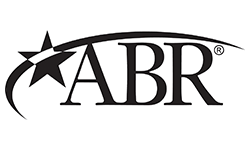Last week, the Internal Revenue Service (IRS) announced record changes to the retirement plan contribution limits that should have U.S. retirement planners excited.
All major retirement savings vehicles saw their contribution limits increase, which is a huge win for those saving for retirement. Unlike Social Security cost-of-living adjustments (COLAs), retirement account contributions are not automatically pegged to inflation — 401(k) plans, for example, usually see a flat annual increase of $500 when there’s inflationary pressure (as opposed to an increase that matches the rise in inflation).
But the result of inflation being at a 40-year high in 2022 led the IRS to implement record increases in contributions toward retirement accounts such as the 401(k), Roth IRA, and traditional IRA in 2023.
The 401(k) contribution increase is the highest ever
Participants in 401(k)s will see a contribution increase of nearly 10%, as the IRS has elected to raise it from $20,500 to $22,500 in 2023. This is the highest increase to date, and most notably it’s higher than inflation, which is hovering around 8.2% year to date.
The contribution limit for individuals 50 years and older (known as the catch-up contribution limit) also increased from $6,500 to $7,500. In other words, the maximum any individual can contribute to a 401(k) plan in 2023 is $30,000.
This is significant for many reasons, but perhaps none more important than the power of compounding. If you invested an extra $2,000 per year for 30 years, assuming a 10% annual rate of return, here’s how much you’d have from the additional invested capital alone:

Data© Investor.gov.
Roth IRAs also saw healthy bumps
Roth IRAs have not seen contribution raises in three years, but that will change in 2023 as participants will enjoy a $500 annual bump.




